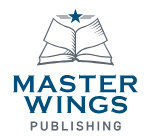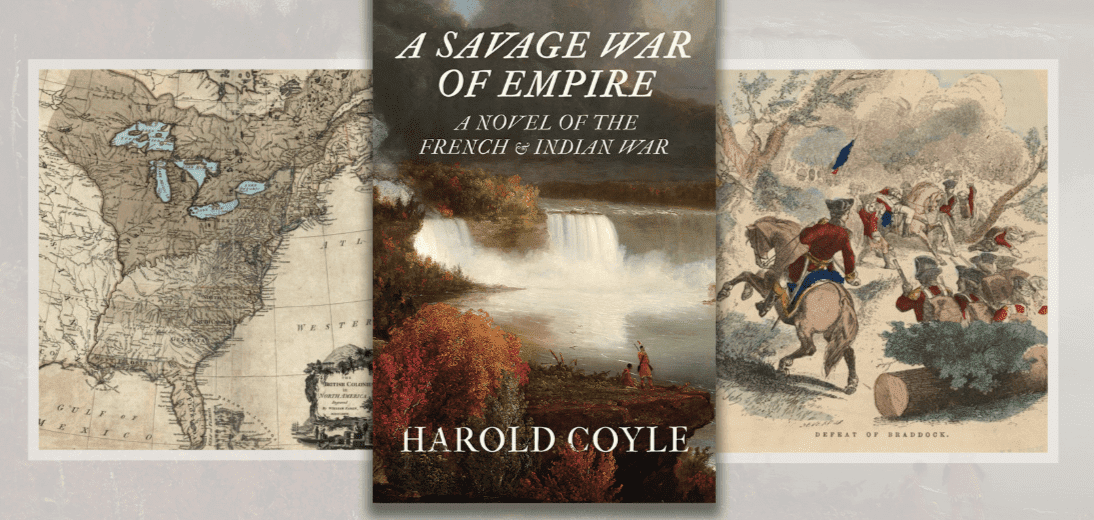When Harold Coyle wrote A Savage War of Empire, he drew upon four works in particular to shape his understanding of the French and Indian War and its lasting impact on the American colonies. These books provided both the historical foundation and the inspiration he needed to bring the story to life, each offering their own perspective on the people, politics, and events that defined this pivotal moment in history.
The following provides excellent supplemental reading for anyone looking to explore the broader landscapes, both physical and contextual, that shaped the novel, and are accompanied by brief notes directly from Coyle. We hope you find these works as insightful and engaging as he did.
Montcalm and Wolfe by Francis Parkman
Published in 1884, it is the sixth volume in Parkman’s seven volume history of France and England in North America. It is, perhaps, the most comprehensive and evenly balanced history of the war. It is also the book that kindled my interest in this all too often ignored conflict. Parkman’s narrative style can be a bit tedious to the modern reader, but the read is well worth the effort.
Wilderness Empire: A Narrative by Allen W. Eckert
Wilderness Empire is the story of the English, Indian, and French individuals whose lives intertwined in the greatest territorial struggle in American history; the French and Indian War.
Braddock's Defeat: The Battle of the Monongahela and the Road to Revolution by David L. Preston
This book covers the campaign that proved to be a pivotal event in American history. In its wake, it spawned ideas of American identity and anticipated many of the political and social divisions that would erupt with the outbreak of the revolution. Braddock's defeat was the defining generational experience for many British and American officers, including Thomas Gage, Horatio Gates, and, perhaps most significantly, George Washington.
Crucible of War: The Seven Years' War and the Fate of Empire in British North America, 1754-1766 by Fred Anderson
Weaving together the military, economic, and political motives of the participants with portraits of Washington, William Pitt, Montcalm, and many others, Anderson brings a fresh perspective to one of America’s most important wars, demonstrating how the forces unleashed by this war led to the American War of Independence within fifteen years.
Both A Savage War of Empire and No Small Thing are available now in eBook and paperback formats. While No Small Thing follows A Savage War of Empire chronologically, each novel stands on its own and offers readers a complete and engaging story set within Harold Coyle’s richly detailed world of early American history.

